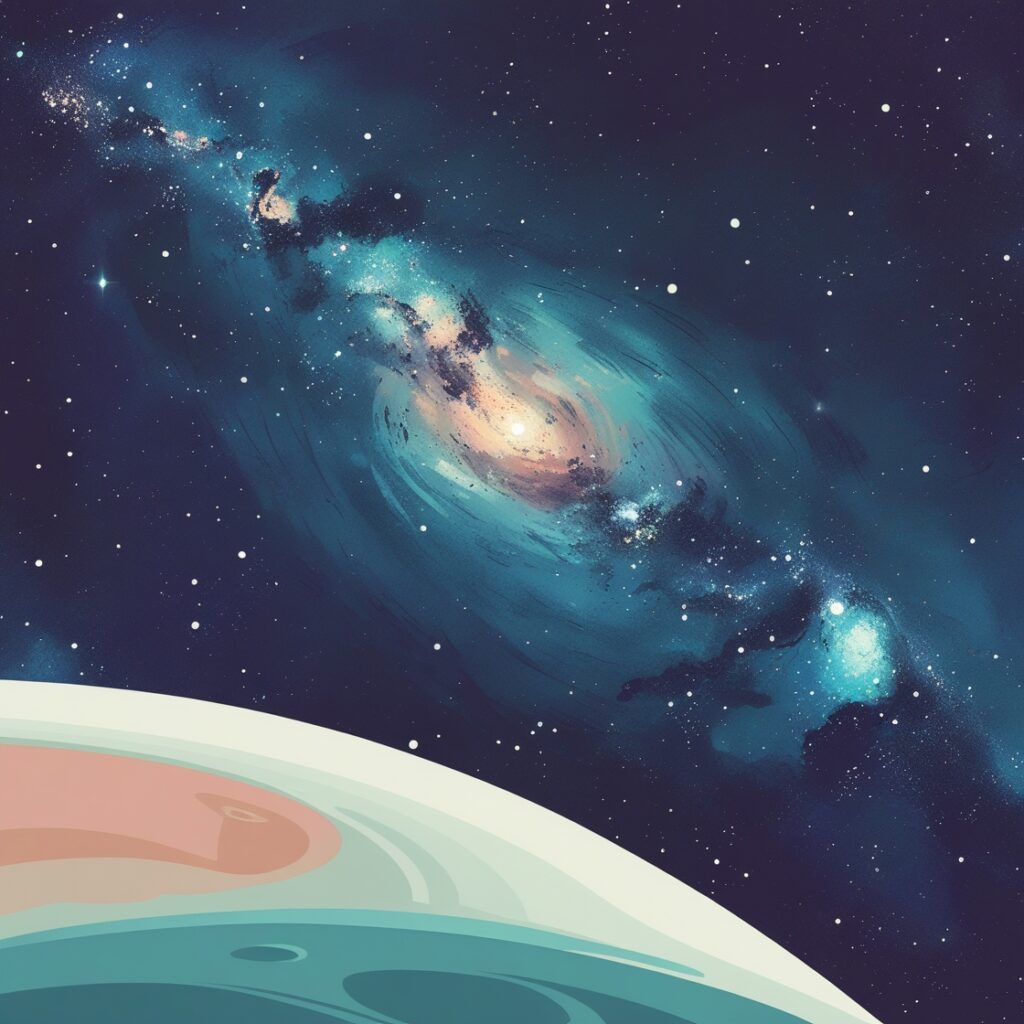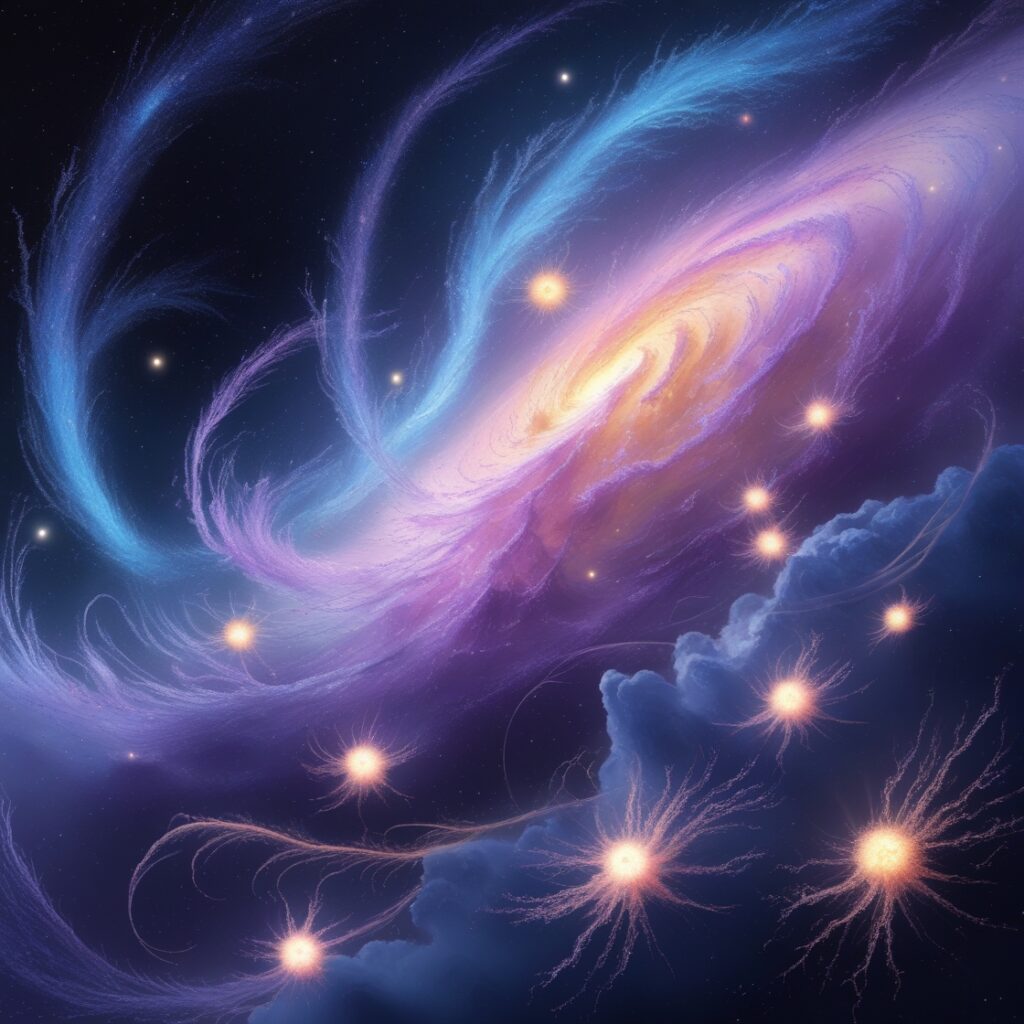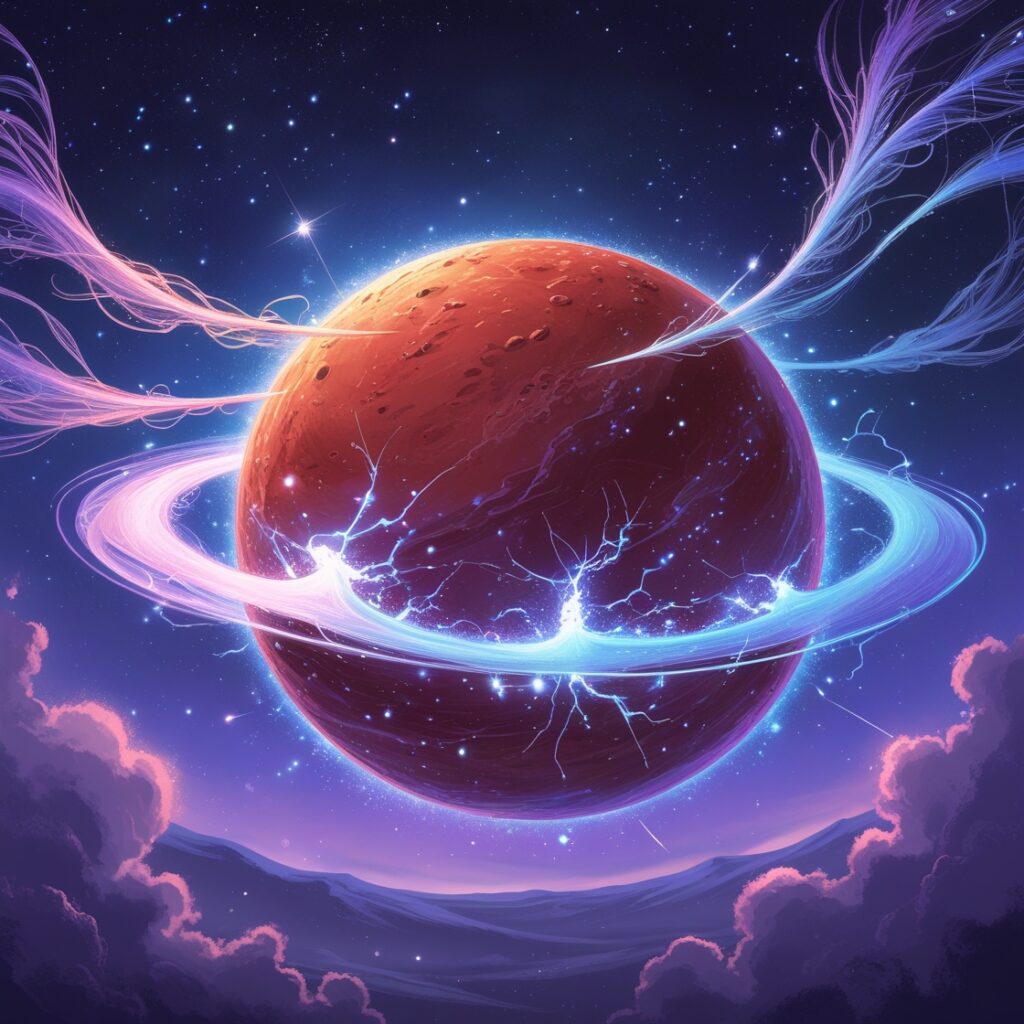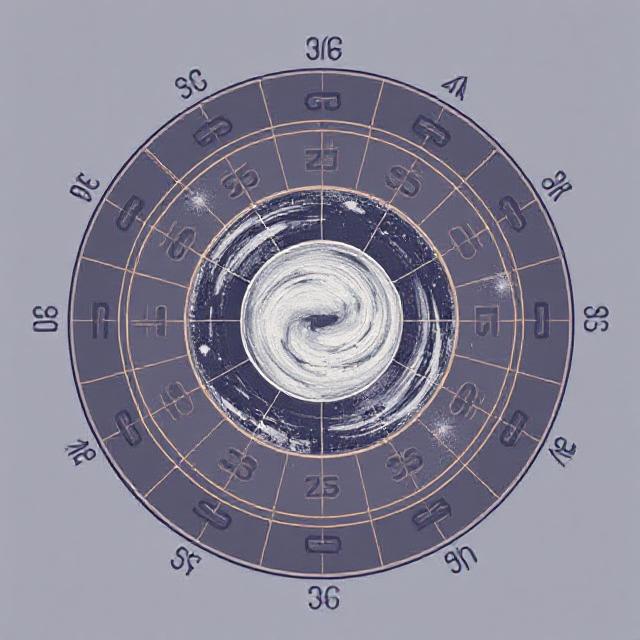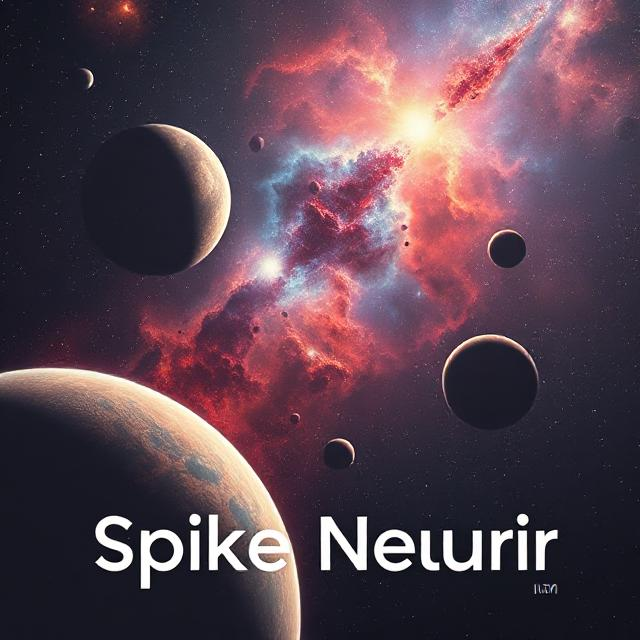Could a Black Hole Jet Be Causing Star Explosions?
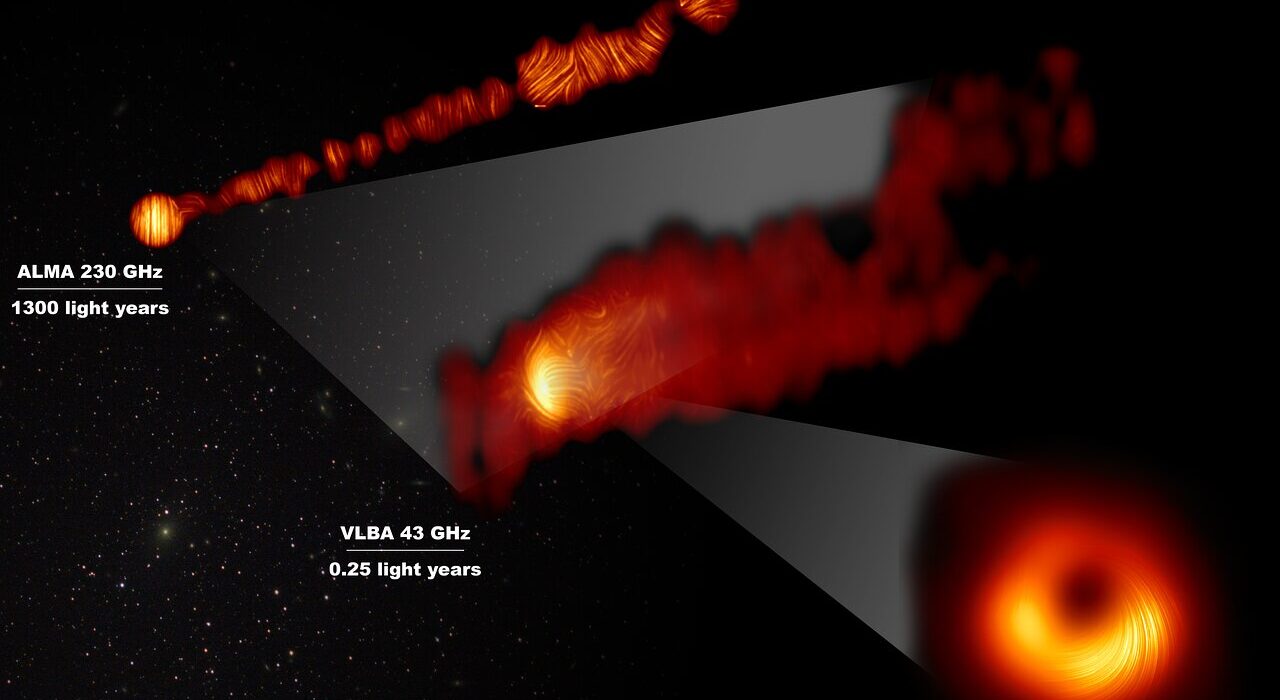

Unraveling the Mysteries of M87: A Surge in Stellar Explosions
Overview of M87’s Stellar Activity
Recent observations have revealed that the giant elliptical galaxy M87 is experiencing a remarkable surge in stellar explosions, specifically novae, along its powerful jet emanating from the supermassive black hole at its center. This phenomenon presents a fascinating area of study for astronomers, who are keen to understand the implications of these unexpected findings.
The Role of the Hubble Space Telescope


Supernovae, the explosive deaths of stars, typically occur sporadically throughout galaxies. However, a new angle of observation from the Hubble Space Telescope has provided unprecedented insights into M87. By adjusting its focus, astronomers detected a staggering double the expected number of novae occurring along a colossal 3,000-light-year jet stretching from the galaxy’s core.
A Long-Standing Mystery
Since the Hubble Space Telescope’s launch in 1990, scientists have been intrigued by unusual activities near M87’s center. Unfortunately, the instrument’s previous narrow field of view limited in-depth observations. A dedicated nine-month period utilizing Hubble’s advanced wide-field cameras has since clarified many aspects of the situation, although several questions remain unanswered.
Notable Findings from Previous Research
In a notable 2007 study, astronomers analyzed Hubble’s data and identified 13 classical novae in M87. These novae differ from typical supernovae in that they occur in binary systems. Here, a white dwarf star accumulates hydrogen (and occasionally helium) from a companion star until a critical mass is reached, leading to a runaway nuclear reaction that ejects material in a brilliant flash. This early research hinted at the possibility that M87’s jet could influence these explosive events.
Recent Discoveries: A Surge in Classical Nova Events
In a recent study accepted for publication in the Astrophysical Journal, researchers conducted extensive surveys using Hubble data, identifying 135 classical novae concentrated around the intense plasma jet of M87. This figure is astonishingly twice the amount typically observed in similar regions of other galaxies. Chiara Circosta, an ESA Research Fellow, expressed intrigue over this “puzzling phenomenon.”
Possible Explanations for the Increased Nova Activity
The research team proposes three potential explanations for the observed increase in novae:
Jet Proximity: The closeness of the jet may enable hydrogen to bombard the white dwarfs more effectively, accelerating the ejection of their outer layers.
Increased Mass Transfer: The intense pressure exerted by the jet’s luminous output could be enhancing the rate at which material is transferred from companion stars to the white dwarfs.
- Heating Effects: It is also conceivable that the radiation from the jet heats the companion stars, prompting them to overflow and release hydrogen onto the white dwarfs. However, this third scenario is considered less likely to account for the observed increase.
Looking Ahead: The Future of Research on M87
While astronomers have confirmed the heightened rate of classical novae along M87’s jet, the underlying causes remain elusive. Future observations from the Hubble Space Telescope will be crucial, as it is currently the only space observatory capable of distinguishing these novae against the galaxy’s brilliant backdrop. The ongoing research promises to shed more light on these intriguing stellar phenomena and enhance our understanding of galaxy dynamics.
In conclusion, the unexpected findings in M87 not only highlight the power of modern astronomical tools but also pave the way for deeper inquiries into the life cycles of stars and the forces shaping our universe.



